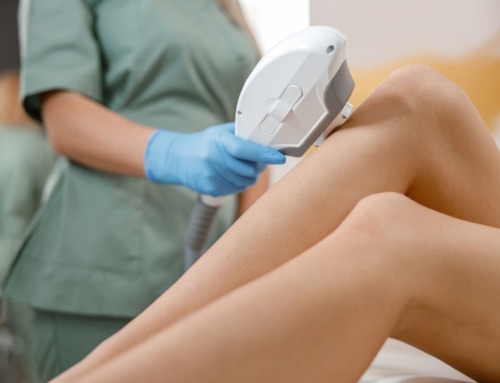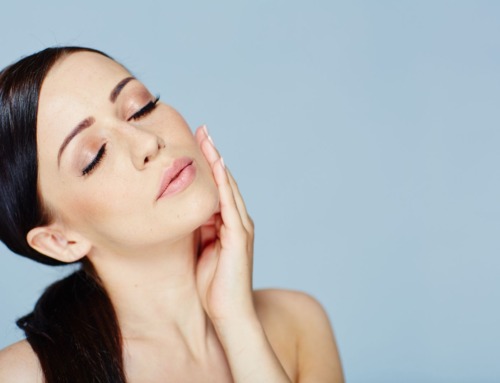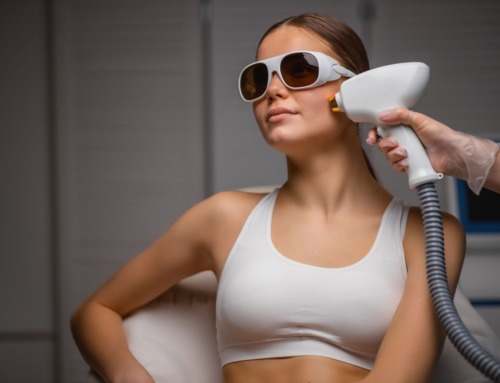Acne scars are one of the worst possible consequences of acne breakouts. They are unwanted reminders of acne breakouts and can be very difficult to treat. Until recently, the best that could be done was to wait for the acne scars to fade on their own or undergo surgery. But now there are new treatments for acne scars that can contribute to the healing process of skin tissue and give you back a smooth, even complexion. Aesthetics MedSpa Reno sees countless patients that seek our help to deal with their acne scars. We’re well equipped with multiple treatments to address their concerns depending on the severity of the scars.
How do acne scars form?
Acne scars are a common problem for many people. The American Academy of Dermatology estimates that acne scars affect as many as 50 million Americans.

Acne scar formation is usually the result of inflamed acne lesions. When the acne lesion is only slightly inflamed, it is called a papule. If the inflammation is more severe, it turns into a pustule. Pustules are what most people think of when they think of acne—they are small, red, and have a white or yellow head. If the individual is struggling with severe acne, the acne lesion can become a nodule. Nodules are large, hard bumps that are painful to the touch.
Acne scars form when the acne lesion goes deep into the skin, damaging the tissues. The body responds by producing collagen fibers to heal the wound. However, sometimes the body produces too much collagen, which can lead to a raised scar. Acne scars can also form when the acne lesion doesn’t heal properly and leaves behind a depression in the skin.
Is there more than one type of acne scarring?
Yes. There are several different types of acne scars, and they can vary in appearance and severity. The most common type of acne scar is the raised scar. Raised scars are usually red or pink and can be very noticeable. They can also be painful or itchy. Depressed acne scars are small depressions in the skin that can be either shallow or deep. They can be difficult to see, but they can be very noticeable when they are located on the cheeks or forehead.
And there also are ice pick scars, rolling acne scars, and boxcar scars. Ice pick scars are deep, narrow scars that resemble the holes left behind by an ice pick and can be very noticeable, while rolling acne scars are shallow depressions in the skin that have a rolling or wave-like appearance. Boxcar scars are similar to rolling acne scars, but they have sharper edges and are more defined.
Ice pick acne scars, rolling scars, and boxcar scars are also known as atrophic acne scars. Atrophic acne scarring is the most common scar type and it occurs when the acne lesion destroys the tissue below the skin’s surface, resulting in depression or indentation in the layers of skin. The severity of atrophic scars depends on how deep the acne lesion goes and how much tissue is lost.
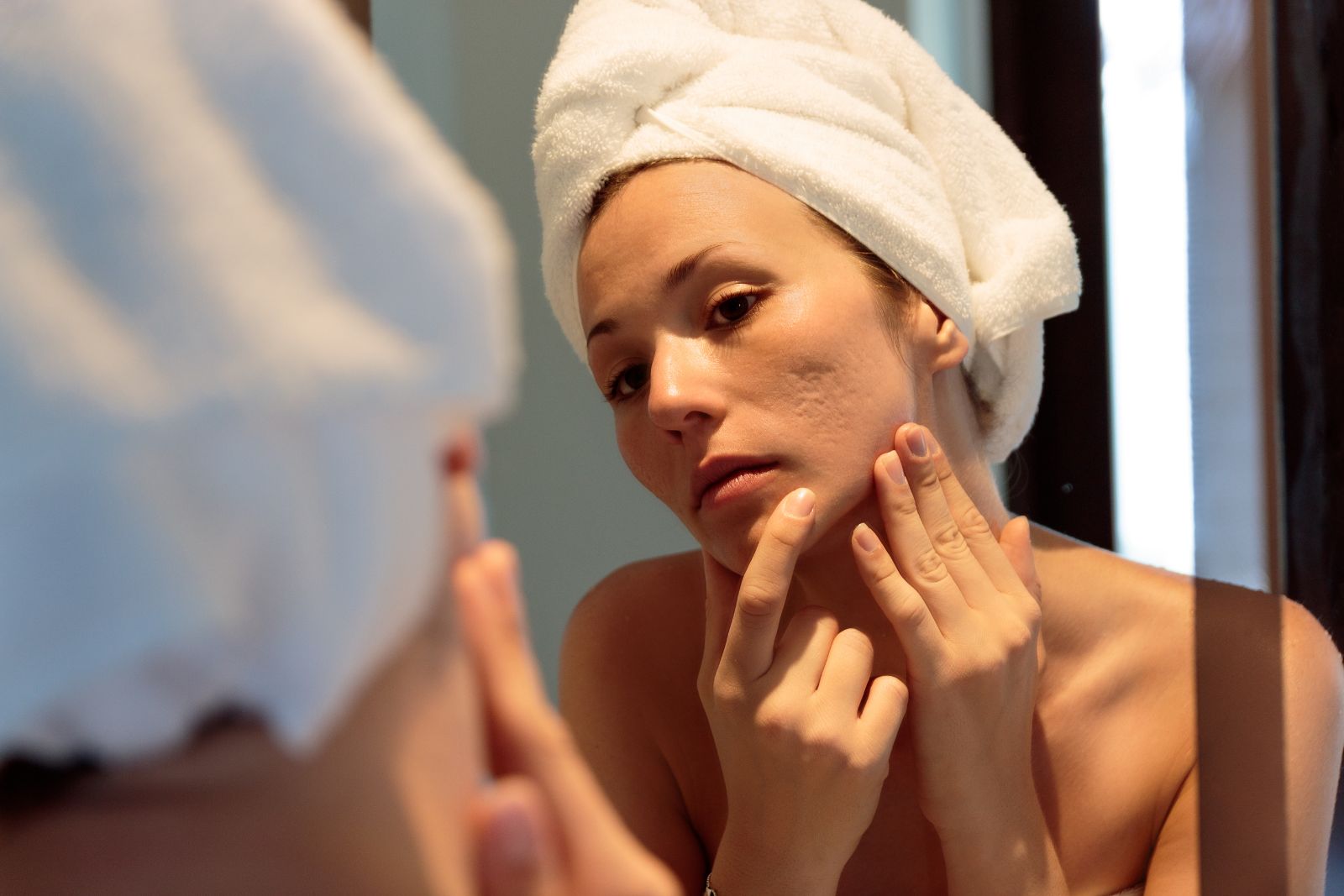
What treatments are available for acne scars?
The severity and treatment of acne scars depend on a number of factors, including the type of acne lesion, the degree of scarring, and how long it lasts. Acne scars can be very difficult to treat, but new treatments have made it possible to improve acne scar appearance.
Topical treatments
Retinoids are acne medications that are also effective at treating acne scars. They are vitamin A derivatives that can treat acne scars by stimulating collagen production and promoting cell turnover. In addition, retinoids can unclog pores and reduce the amount of oil produced by the skin.
Exfoliants are an important part of the acne scar treatment. By removing the top layer of skin and dead cells, exfoliants reveal fresh skin that is less damaged and more receptive to treatment. There are many different types of exfoliants available, including scrubs, peels, and masks. It is important to choose the right type of exfoliant for your skin type and acne scar severity. For example, those with sensitive skin may want to avoid harsh scrubs, while those with deeper scars may benefit from a strong peel.
Aesthetics MedSpa Reno offers a variety of high-quality skincare products that allow you to create a robust routine to help keep your skin smooth and healthy.

Microdermabrasion
Microdermabrasion is a minimally invasive acne treatment that uses tiny crystals to exfoliate the skin. It is often used to treat acne scars, as it can help to smooth the skin and reduce the appearance of scars. Microdermabrasion can also even out skin texture and give the skin a healthy glow. The treatment is safe for most skin types and can be performed on both the face and body.
Chemical peels
When it comes to acne scars, chemical peels can be a helpful treatment option. Peeling works by removing the top layer of skin, which can reduce the aspect of scars. Additionally, chemical peeling can also stimulate collagen production, which can further improve the appearance of scars. Some of the most common acids include salicylic acid, glycolic acid, and lactic acid.
Each of these acids can treat acne scars by sloughing away the top layer of skin and revealing newer, smoother skin underneath. In general, glycolic acid and lactic acid are better for shallow acne scars, while salicylic acid is better for deeper acne scars. Peels are typically done in a series of treatments, and your dermatologist will be able to tailor a treatment plan that is best for you.
Laser acne scar treatments
Laser techniques target the damaged collagen in the skin responsible for the formation of acne scars. The laser energy breaks up the affected skin tissue and stimulates the production of new collagen. This new collagen fills in the acne scars and combats the uneven appearance of skin texture. There are a number of different laser acne scar treatments available, and the best one for you will depend on your individual acne scarring. For example, ablative laser resurfacing is an acne scar treatment that uses a laser to remove the top layer of skin. This type of treatment has a high success rate, with patients seeing a significant improvement in their acne scar appearance.
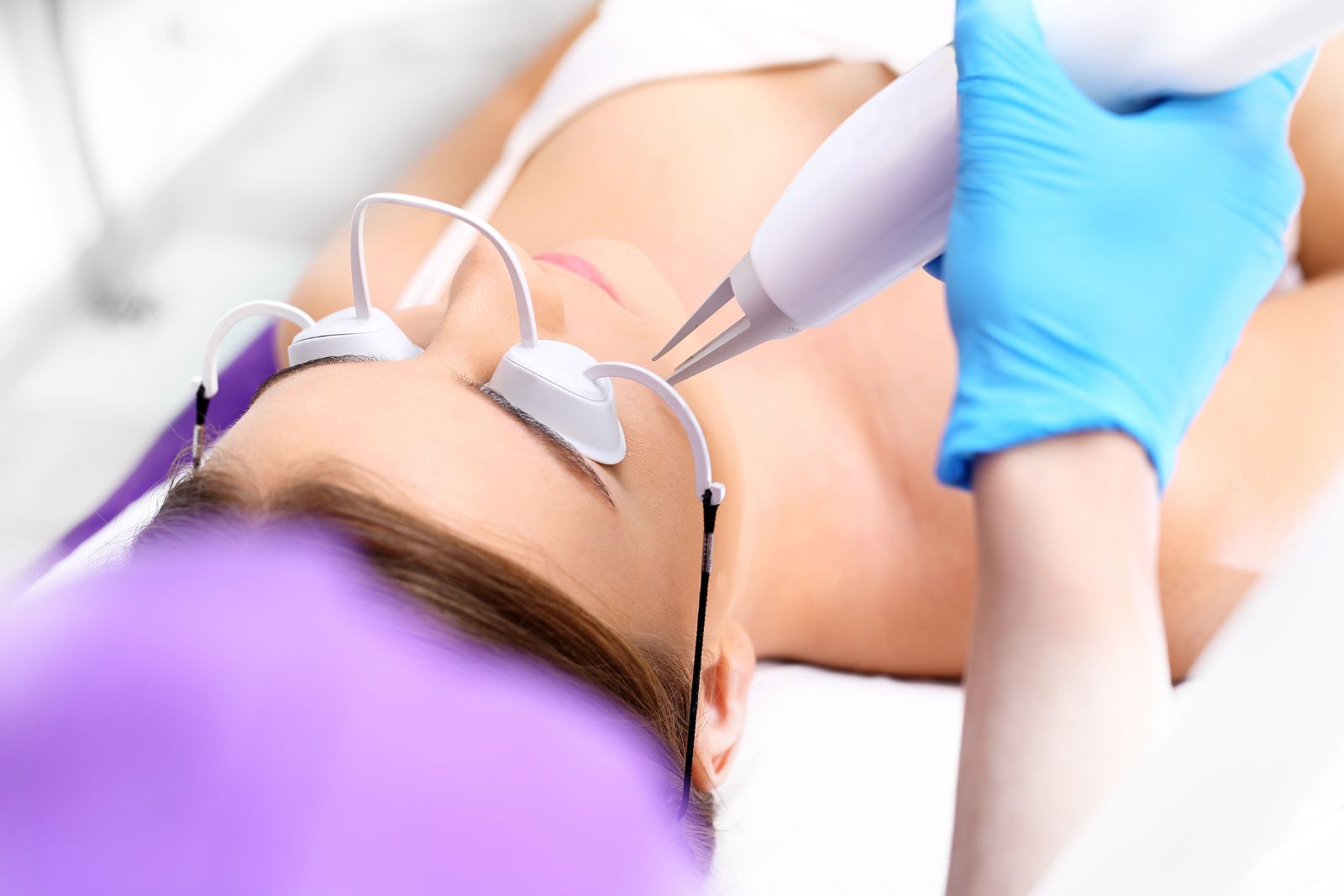
Fractional lasers target deep-seated acne scars and improve the aspect of dark spots. Fractional laser irradiation uses a laser to create tiny wounds in the skin to stimulate collagen production. This type of laser treatment has a success rate of around 50-60%. A study published in the Journal of Cosmetic and Laser Therapy looked at the use of fractional laser therapy for acne scars and found that the treatment was able to improve the appearance of acne scars and leave behind smooth, even skin.
Non-ablative laser resurfacing is a newer acne scar treatment that uses a laser to heat the skin without damaging it. With a success rate of around 70-80%, non-ablative lasers improve the appearance of acne scars using gradual dermal heating and stimulating collagen production.
CO2 lasers are a newer technology used to treat both shallow and deep acne scars. They are believed to be more effective than traditional laser treatments and can provide better results in fewer treatments. CO2 lasers work by heating the skin and stimulating collagen production. This can improve the appearance of acne scars and reduce their severity. CO2 laser treatments are safe and well-tolerated but may cause some temporary side effects such as redness, swelling, and crusting.
Microneedling
Microneedling, also known as collagen induction therapy, is an effective treatment of scars that uses tiny needles to create controlled skin injuries. The wounds trigger the body’s wound healing response and increase collagen production. More collagen leads to an accelerated healing phase. The procedure relies on a device equipped with minuscule needles used to puncture the skin surface. Moving the device on the outer layer of the skin leads to the formation of micro-injuries that stimulate the body’s healing response.
Microneedling is often used to heal facial scars and treat hyperpigmentation. This cosmetic procedure is a useful tool in the management of acne scars because it promotes elastin and collagen formation to even out the aspect of different types of scars. Microneedling may also help reduce the appearance of acne breakouts and speed up the healing of active acne.
PDT acne scar treatments
Photodynamic therapy (PDT) is a new acne scar treatment that uses light to activate a photosensitive medication that is applied to the skin. This combination of light and medication improves the appearance of acne scars by stimulating collagen production and promoting cell turnover. PDT acne scar treatments are often done in a series of treatments, and they can be combined with other acne scar treatments, such as microdermabrasion or chemical peels.
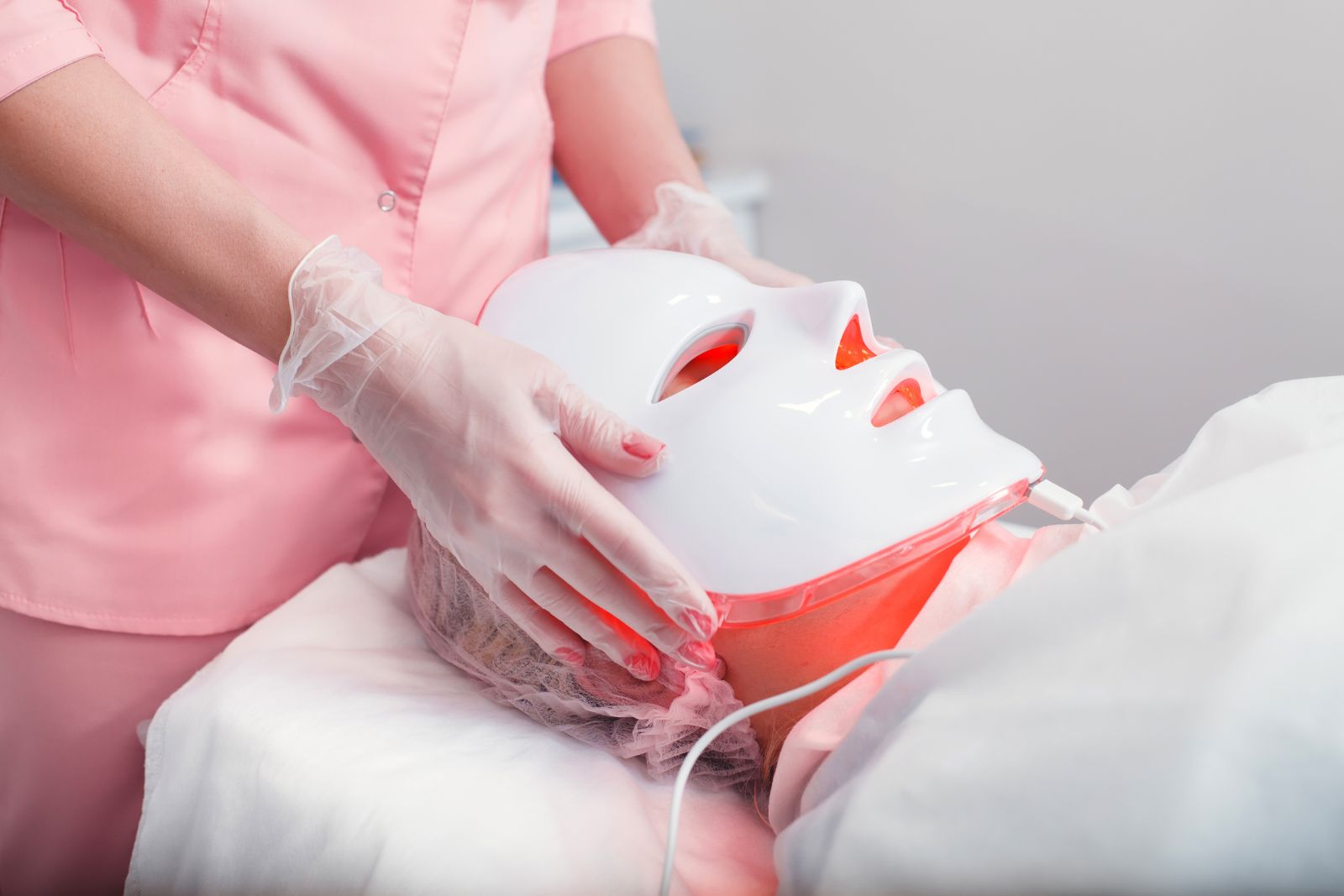
Dermal fillers
Dermal fillers are an acne scar treatment that can improve the aspect of both shallow and deep acne scars. They work by filling in the acne scars and providing support to the surrounding skin tissue. Injectable fillers are made from a variety of different materials, including hyaluronic acid, collagen, and fat. Fillers can be a great option for those who have acne scars that are not responding to other treatments. Additionally, acid fillers can be combined with other acne scar treatments, such as laser therapy, to deliver an improvement in scar appearance, reduce the aspect of wrinkles and promote skin rejuvenation.
If you’re struggling with acne scars, come see us at Aesthetics MedSpa Reno so we can select the right course of treatment for you and put the acne and its scars in the past, and enjoy smooth beautiful skin.



